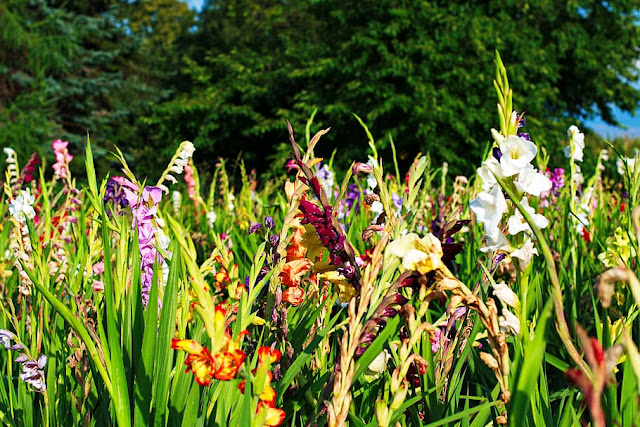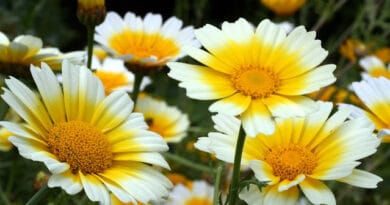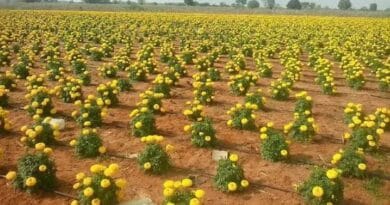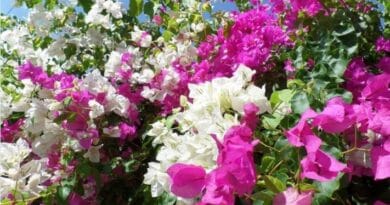Cultivation of Gladiolus
Cultivation of Gladiolus; An Important Crop for both aesthetic and commercial reasons, mainly as a popular decorative crop and a significant cut flower.
Gladiolus, a bulbous ornamental, is a flower of glamour and perfection. It is undoubtedly the best bulbous flower in India and ranks next only to a tulip in Holland. Its popularity is due to its unparalleled beauty and economic value; it is a native of the Mediterranean region of South Africa. It belongs to the family Iridaceae
Gladiolus is ideal for cut flowers and garden displays. The demand for its cut flowers is increasing due to their excellent keeping quality. Besides home consumption, there is tremendous potential for its export to European countries.
Varieties of Gladiolus
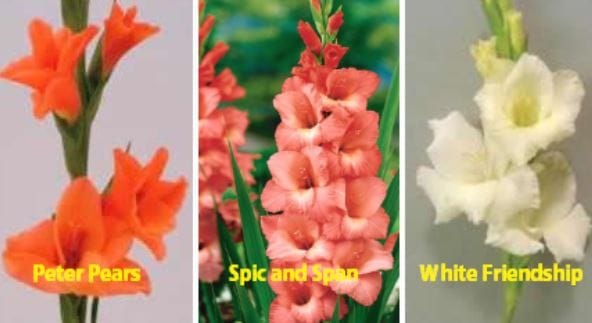
Arka Rajni (purple), Arka Poonam (light yellow), Archna ( Prime rose Yellow), Basant Bahar (empire yellow), Gazel (Persian Yellow), Manhar (primrose yellow), Maisha (triyan rose clour), Mohini (outer white and inner petals are in triyan rose), Apsara (purple with tight yellow flecks), Peter Pears, Spic & Span, White Friendship, White Goddess,
Climate Requirement for Cultivation of Gladiolus:
Gladiolus is a flower crop of subtropical and tropical regions with a temperature range between 27 to 30 degrees Celsius. Gladiolus crop performance is well-suited to the long days with 10–12 hours of photoperiod.
Propagation of Gladiolus

Celsius for the three months or GA3 (100 ppm) adopted for breaking the dormancy
Planting of Gladiolus
1) The planting site should be sunny and have well-drained sandy loam soil with a pH of 6.2 to 7.5. The planting system must be ridge and furrow.
2) Periodic plantings at fortnightly intervals from September to December in the plains may be done to ensure flowering for a long time, which will avoid glut in the market.
3) Flowering periods may also be adjusted by planting early, mid-season, and late varieties. In the hills, planted in March or April.
4) The planting distance of corms is 15 to 25 cm, and between rows 30 to 40 cm. The planting depth of corms is from 8 to 12 cm.
5) Depth also depends on the corms. At planting time, the soil should have sufficient moisture.
6) Before planting, corms are dipped in 0.2% captan or 0.02% bavistin for 30 minutes, then shade dried.
Irrigation Requirement in Gladiolus Cultivation
Manuring Requirement in Gladiolus Cultivation
Use of Growth Regulators in Gladiolus Cultivation
Duration of flowering, spike length, and number of florets per spike were found to be quite satisfactory with N.A.A at 50 ppm. Spraying of G.A. at 100 ppm increased plant height and the number of leaves and shoots per plant and improved the number and size of florets. Better quality and higher yields of corms and cormels were also found. Spraying of GA should be done three times to get better results.
Insects and Diseases in Gladiolus
1) Thrips and aphids sometimes attack at the flowering stage, which can be controlled by a spray of 0.2% malathion, or Dimethate 30 EC@2 ml/l or Fenitrothion 50 EC@2ml/l
2) Fusarium rot, Botrytis rotand Alternaria are the common diseases of gladiolus. These can be controlled by dipping corms for 2 hours in 0.1-0.2 percent Benlate. Also, spraying 0.2% Bavistin at an interval of 10 to 15 days is effective in controlling these diseases.
